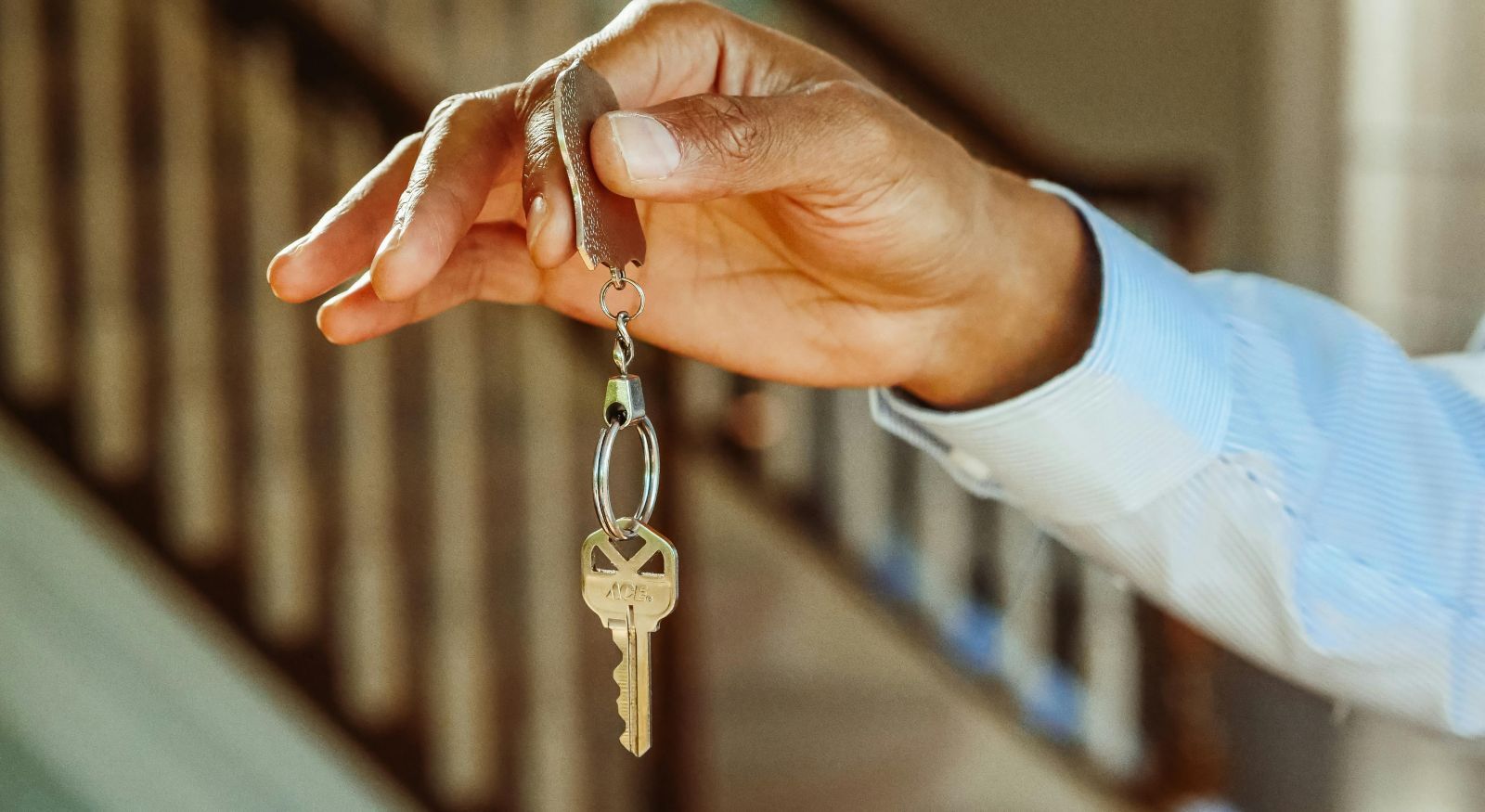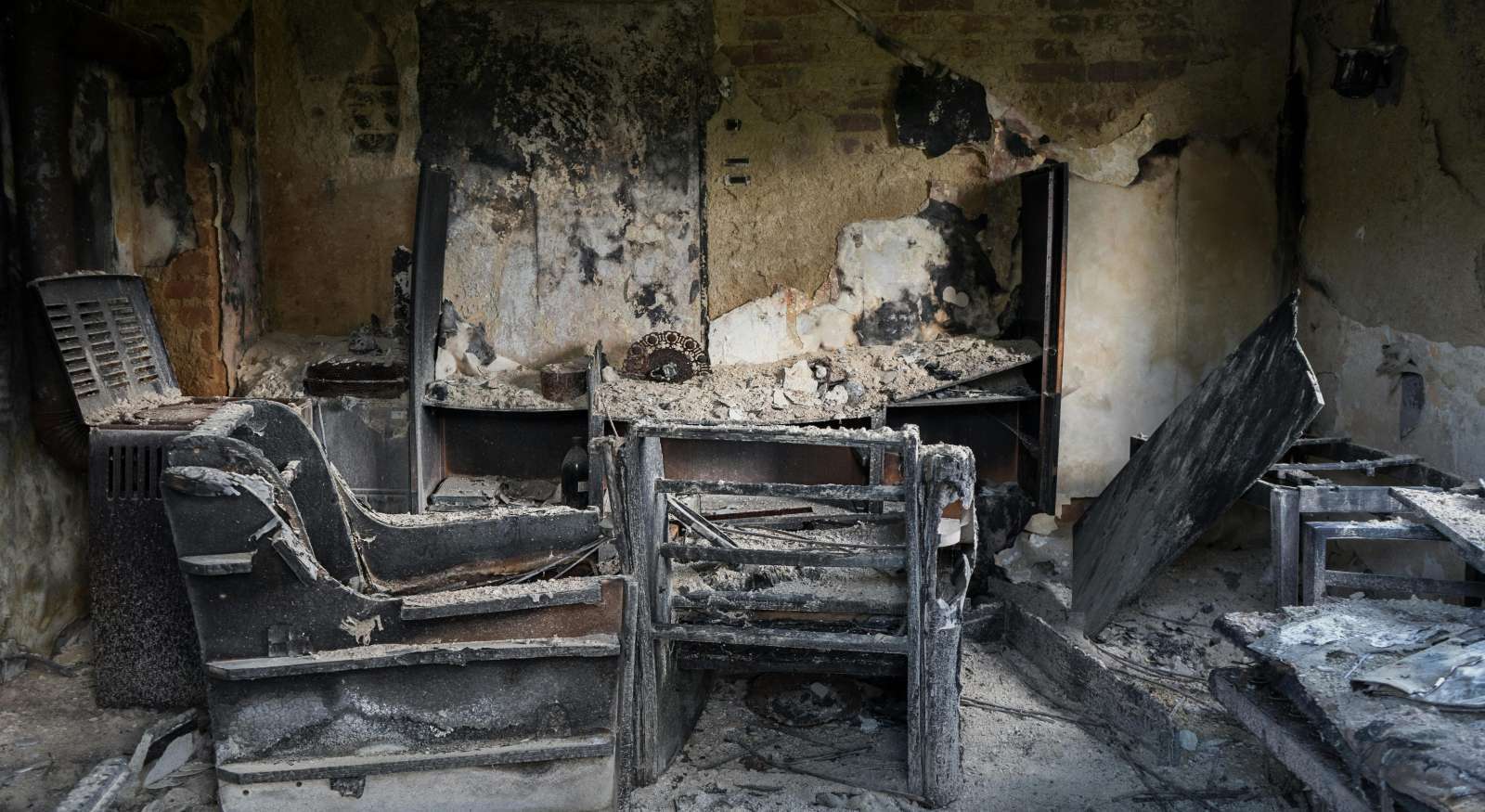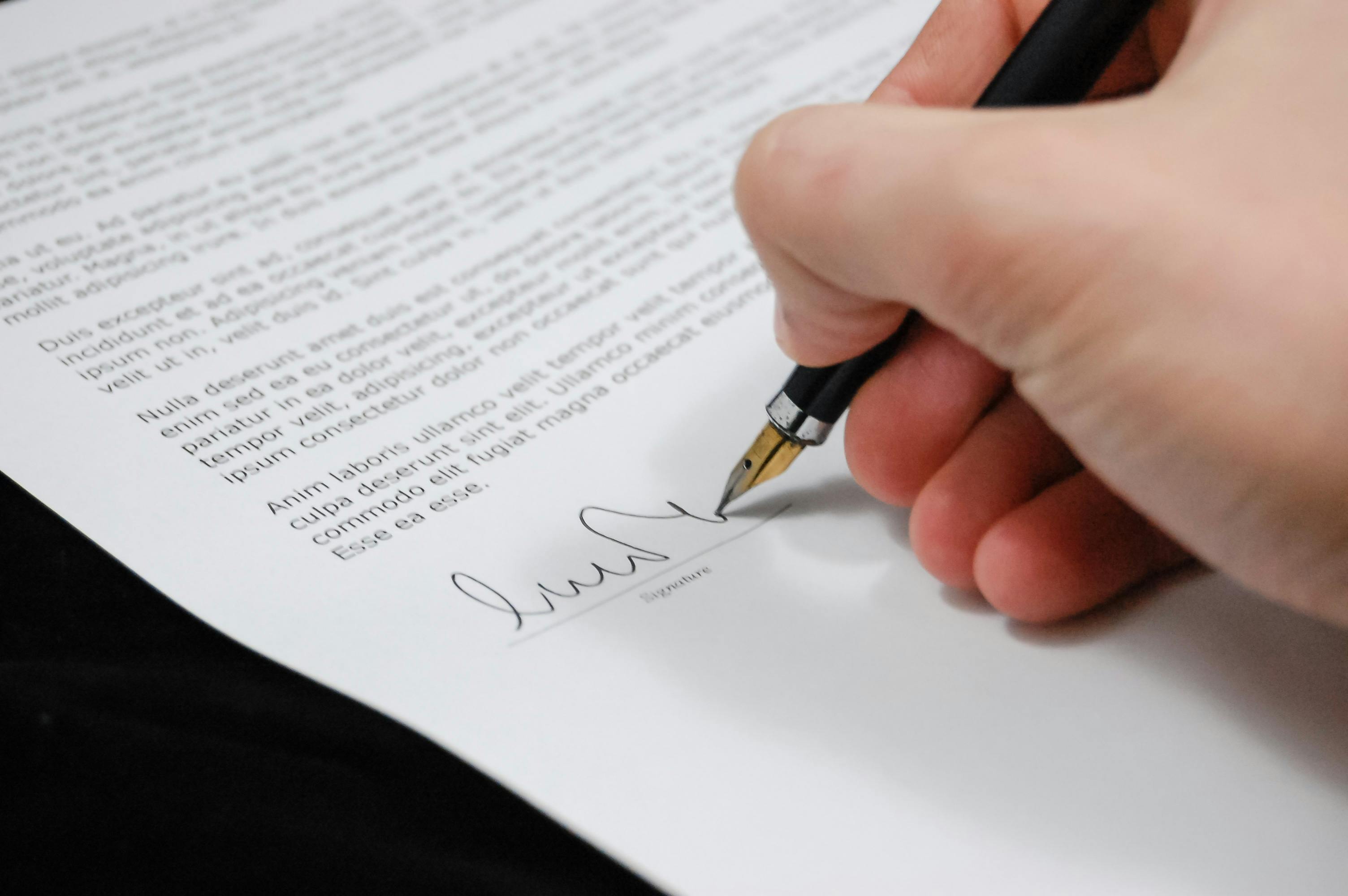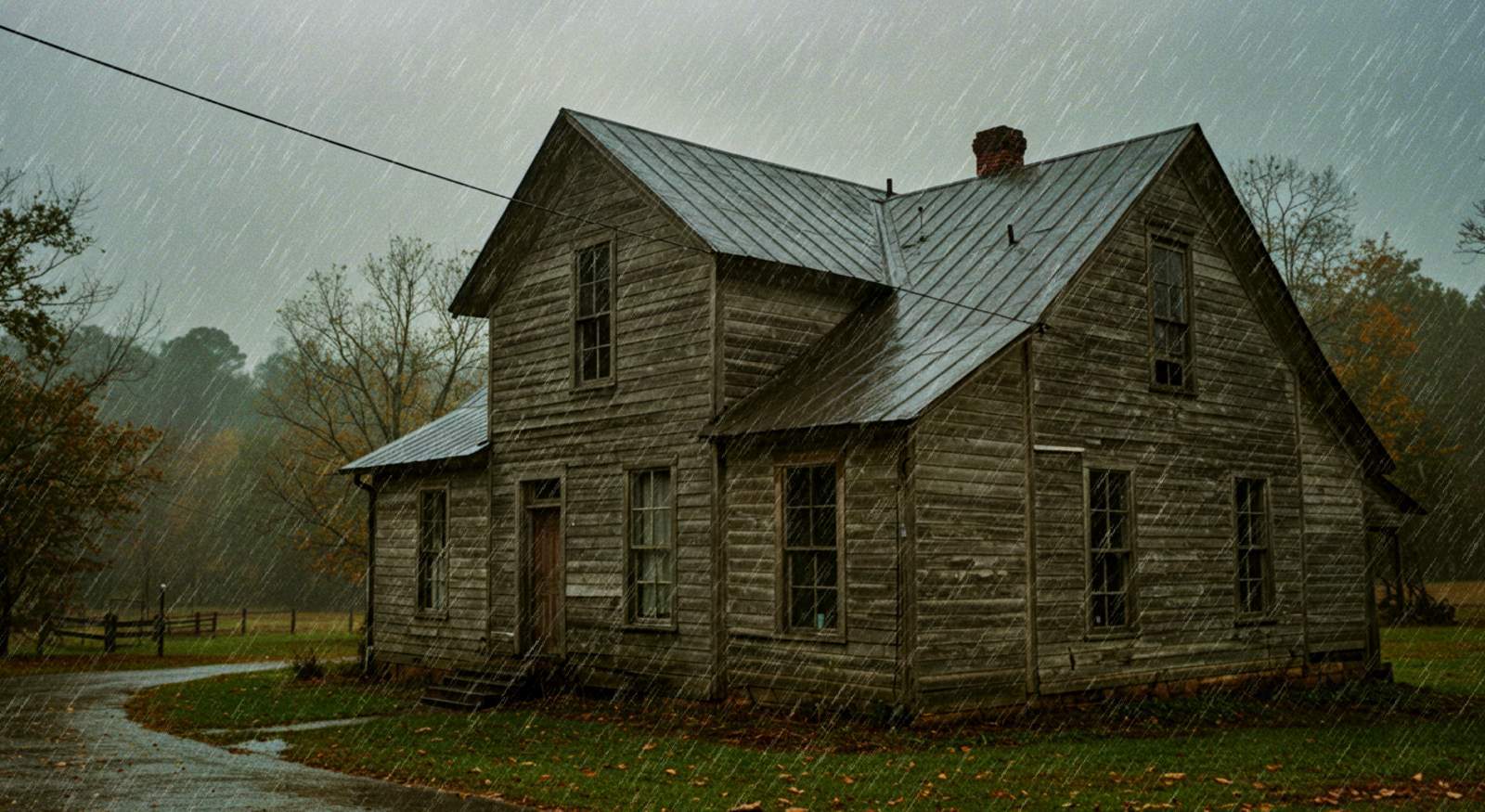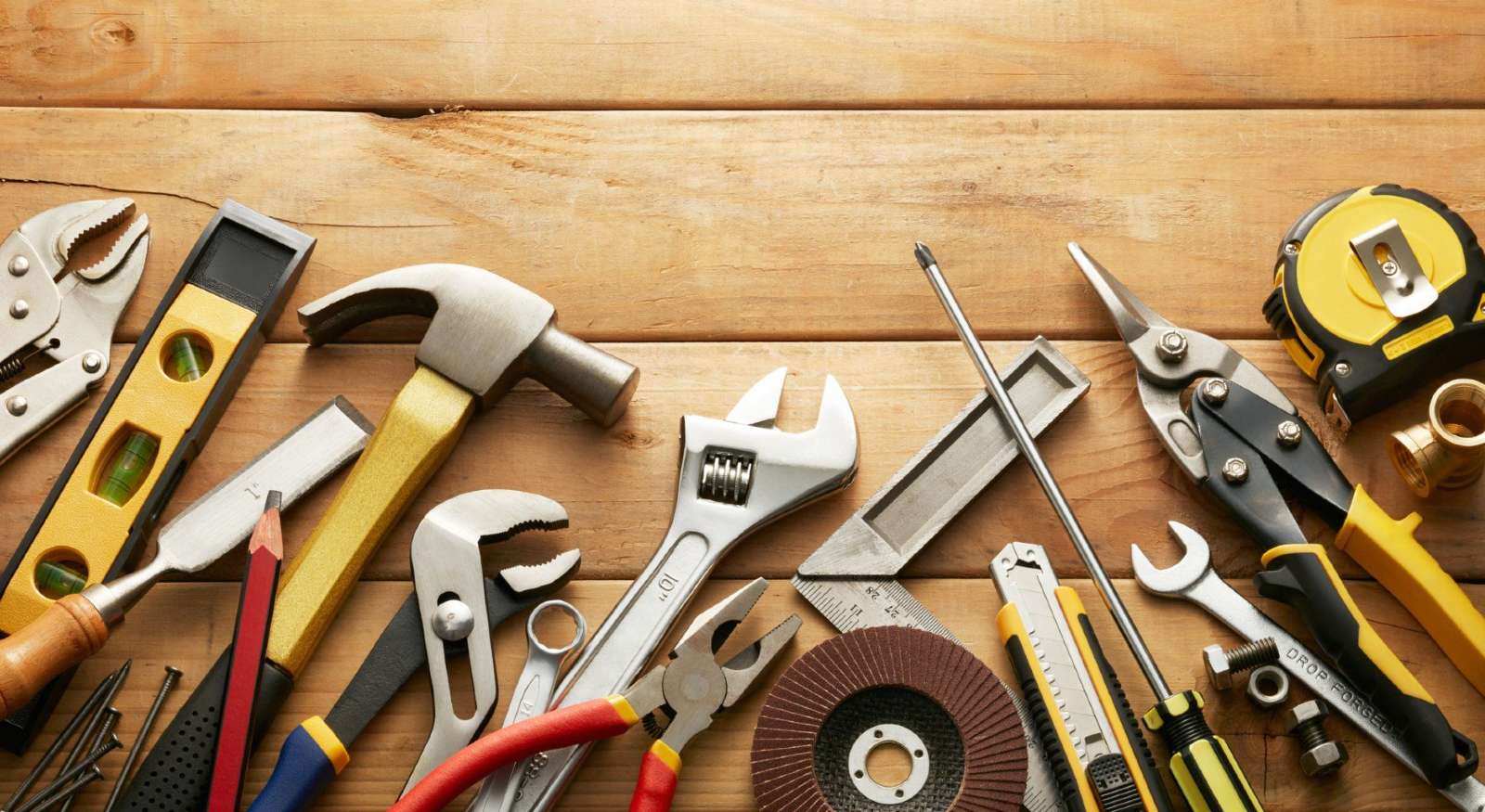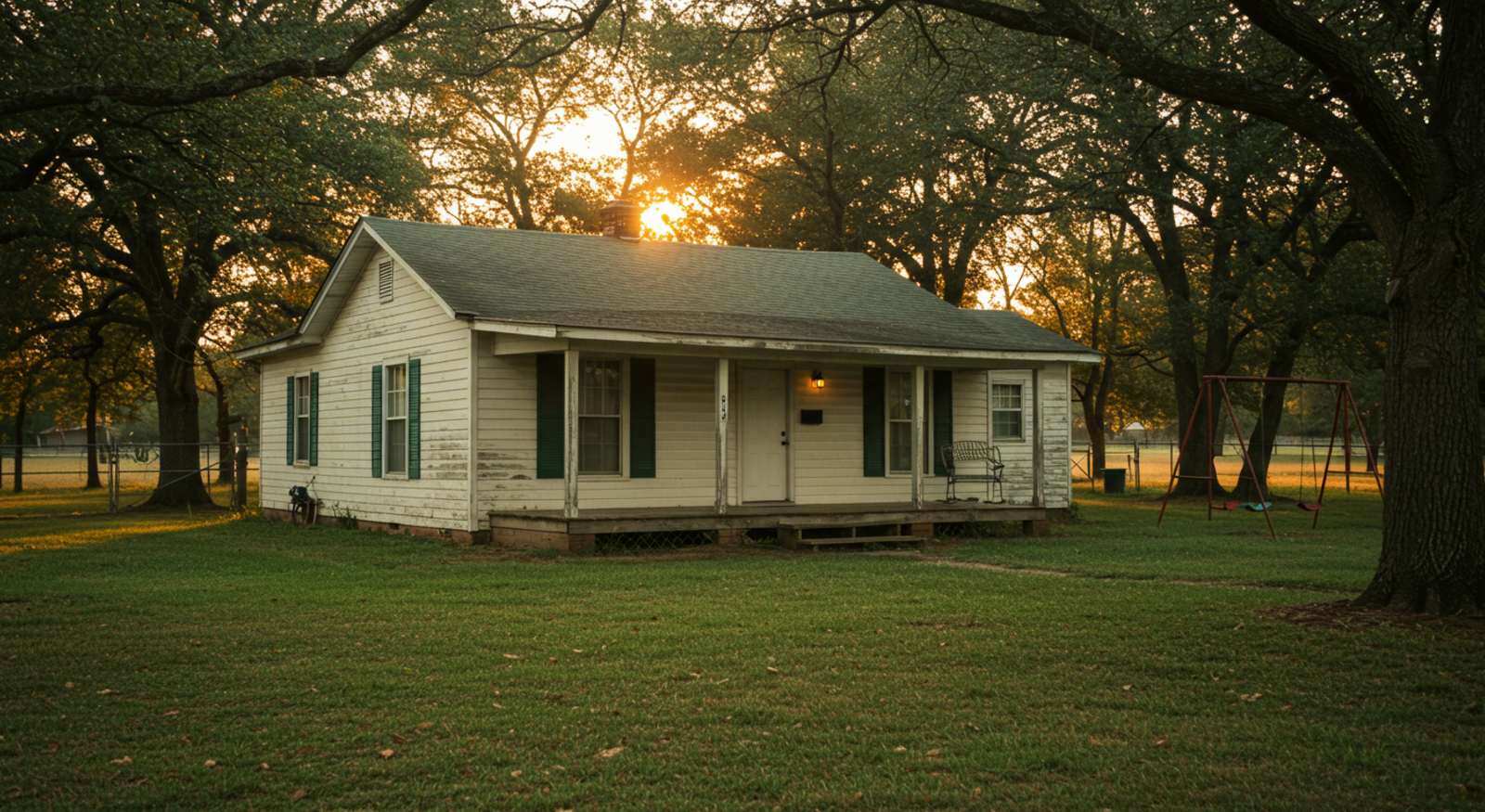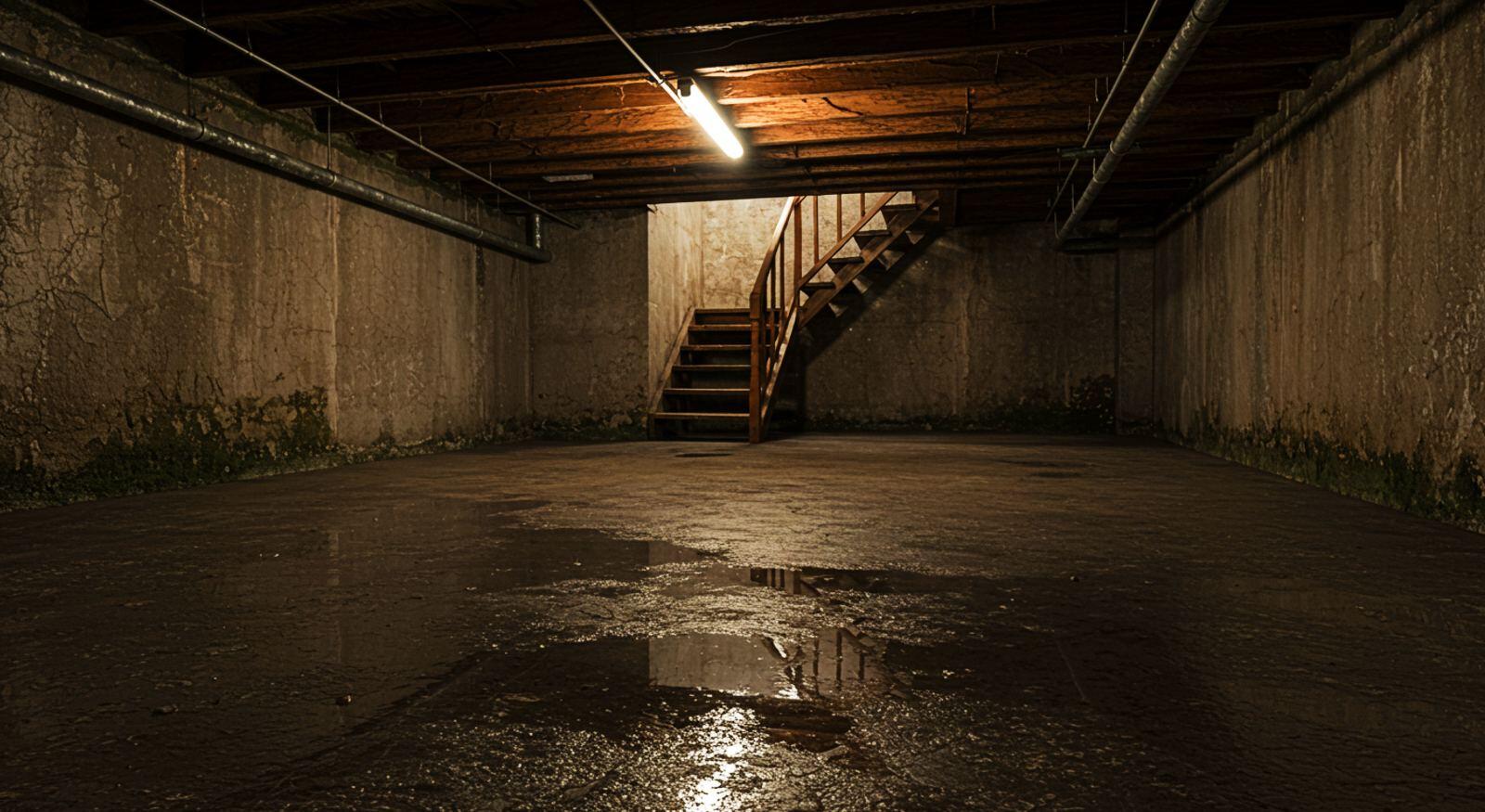Water damage restoration: What is the timeline for a typical project?
August 16th, 2024
5 min read
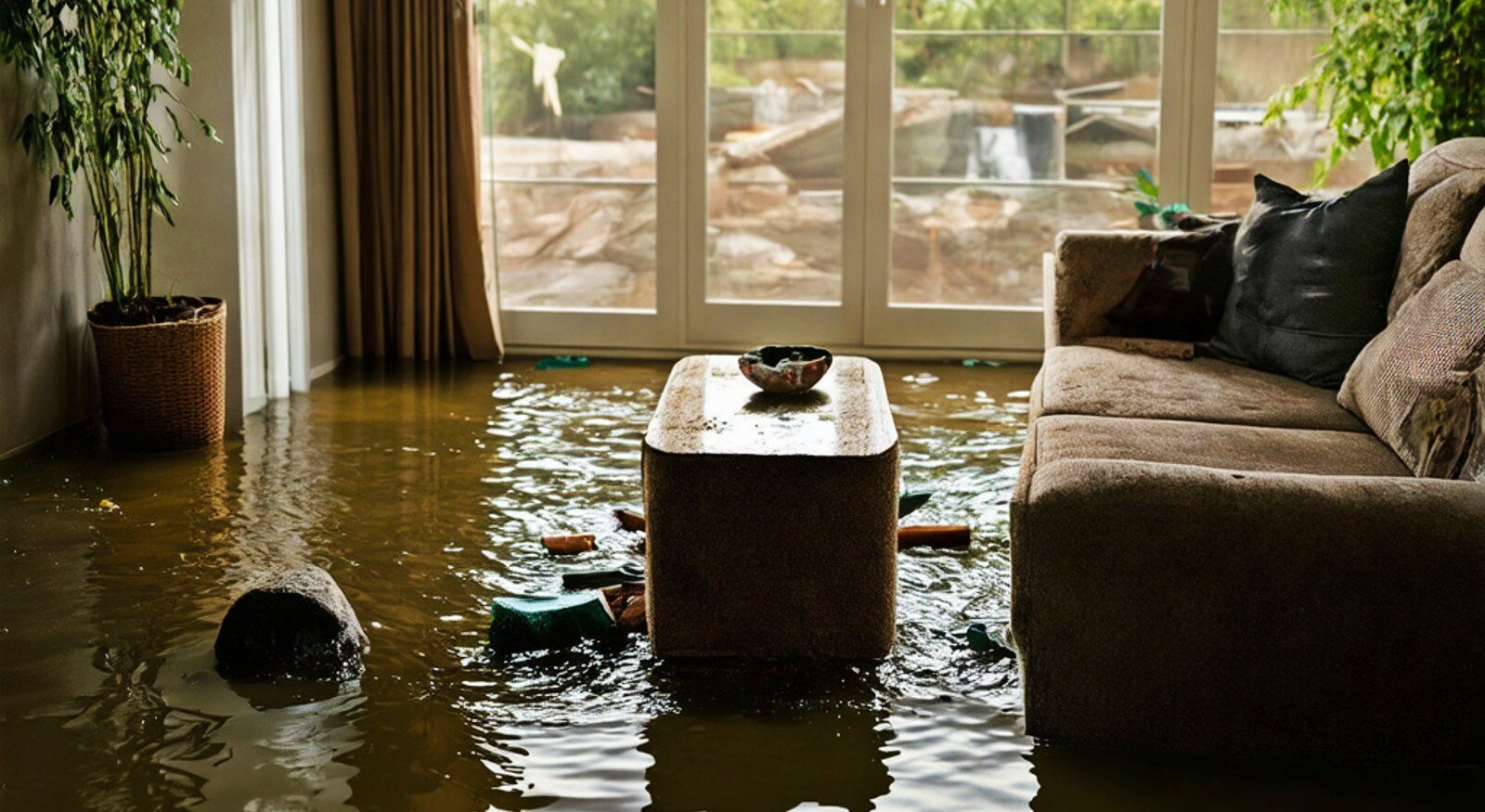
You had a flood in your house, so you called us to help you start the water damage mitigation process. While the equipment and our technicians are there, you can't help but wonder how long this will take. And we get it. You want your house back to how it was as soon as possible.
With more than 50 years of combined experience, we have seen hundreds of cases and have a good grasp of all the factors that can delay the project's timeline. As an IICRC-certified firm, we do what's necessary to speed up the process while maintaining the quality workmanship we are known for.
While some things are beyond our control, addressing the factors that can delay the process may help you get your house in order sooner rather than later. So, let's discuss our typical water damage restoration project timeline and the factors that may affect it.
Your typical water damage restoration timeline
Here at Restore-It we ensure a quick and effective response for emergencies like floods or uncontained leaks. Next, we will discuss the sequence of events of our process for a water damage restoration project:
1. Our initial response (1 hour within El Dorado)
When dealing with water damage mitigation, we know the clock is ticking, and the longer you wait, the more the damage can extend throughout the house. That's why we ensure a fast response time after you call us, especially when we are talking about an emergency.
As a company in El Dorado, Arkansas, we can ensure a technician will be at your door within an hour if your house is within city limits. If you are outside the area, like in Camden or Smackover, our technicians will take longer to arrive, but rest assured, we will do our best to get there as soon as possible.
2. Initial emergency mitigation (1-8 hours)
Our technicians will stop any ongoing flood in an emergency by shutting off the water supply or patching leaks. If standing water is present, we will extract it with our high-powered pumps and vacuums. If there is a high volume of water to be extracted, this process can take up to 8 hours in total.
If you have followed the recommended mitigation steps, we can proceed to the next step of the restoration process.
3. The inspection process (1-4 hours)
During this part of the process, the technicians will assess the extent of the damage and identify all the affected materials with moisture meters and other readings. This will provide a guideline of the scope of the work needed for the mitigation and restoration success. This process can take 1 hour for a small house with few affected areas and up to 4 hours in a bigger space with more affected areas.
4. Water damage mitigation (4-7 days)
In this part of the process, we install dehumidifiers and air movers to reduce the area's moisture levels and dry the building materials. Depending on the building materials affected and the extent of the water damage, this process can take 4 days, in most cases, up to 7 days in more extreme situations.
The equipment is left for 24 hours, and with each passing day, our technicians return to verify its state and monitor the moisture levels until they are within the appropriate limits. If necessary, more dehumidifiers or air movers may be added to increase the drying efficiency.
5. Doing the cleanup (1 day)
Most water damage comes from a category 2 flood, meaning contaminated water that can cause illness or discomfort upon consumption. Therefore, there is always a need for cleaning and disinfection. This process includes removing contaminants from the surfaces and applying antimicrobial treatments to prevent further contamination. Because removal is done before this in a category 3 flood, the cleanup time is the same.
6. Removal of building materials (1-5 days)
The removal process is very straightforward: We remove every piece of building material that presents structural damage. Sometimes the water comes from category 3 flood or "black water," meaning it's hazardous upon contact (typically meaning sewage). Every building material that had contact with highly contaminated water must be removed. This process can be done in a single day if the damage is not that big and up to 5 business days if the damage is extensive.
7. Restoration: rebuilding and repairs (30-90 days)
This process largely depends on several factors like the type of flood, the time it took to address the water damage, and, generally speaking, the extent of the damage caused by the flood. A simple restoration project that includes replacing the drywall or carpeting will take at least 30 days.
However, a more complex project that requires significant reconstruction work, which may include structural repairs or rebuilding sections of your house, can extend to around 90 days.
8. Final inspection and walkthrough (1 day)
Once the dust has settled and the restoration project has been completed, our technicians will conduct a final inspection. Our team will then perform a final report for you and your insurance company. We handle documentation throughout the entire water damage mitigation and restoration process to make this final report smoother. The last inspection usually takes only one day.
Factors that can cause delays in a water damage restoration project
As we mentioned before, there are things beyond our control and they can directly affect the estimated time for the water damage restoration process to be completed. Next, we listed them so you can take them into account:
1. The time it takes to address the problem
When it comes to water damage, the faster the response time, the less harm to your house. If you call us immediately upon discovering the leak or flood, we can begin the mitigation process right away. But if that's not the case, the water intrusion will probably be more significant, extending the restoration process.
2. The extent of the damage
The water damage a house suffers will be different if it comes from a small leak that is quickly stopped versus a natural flood that affects more areas. Larger areas will take more time to dry, clean, and restore.
3. The source of the water
We follow the standard categorization of floods for water damage that the IICRC–and the entire industry–uses. Clean water, or a category 1 flood, the rarest of all cases, is the fastest to clean up. Gray water or a category 2 flood, the most usual, takes longer to clean and dry. Black water, or a category 3 flood, will take longer because it requires more cleaning, disinfection, and building material removal than the others.
4. The type of building materials affected
Drywall, carpet, and wood absorb more water and take longer to dry than less-porous materials like cement or tiles. When structural damage is found, the material must be removed and replaced.
5. Environmental conditions
The seasons can also affect how long it takes to complete a water damage restoration project. Here in South Arkansas, the summers are hot and humid, making the drying process longer.
6. Waiting for an insurance adjuster
During a water damage restoration project, the involvement of your insurance company is a must. However, waiting for a representative from the said organization before beginning mitigation can gravely extend the damage to the house, adding up to the time it will take to restore it.
If your house suffers water damage, call us immediately instead of waiting for your insurance company to act. We strongly suggest this to avoid bad experiences on your part. In previous cases, the adjuster appeared almost at the end of the restoration project.
7. Accessibility of the area
The harder it is to reach, the harder it is for us to work on the restoration process. Basements and crawl spaces can be incredibly challenging. Still, you can give us a hand by allowing us access to the affected areas and following our recommendations in a water damage situation.
8. The timeline you set to begin with the restoration
Once the water damage mitigation and remediation processes are complete and your house is structurally sound and protected from the elements, the restoration process can begin whenever you want to. Some clients take days or weeks before asking us to commence with the repairing work. If you want a faster job, it's up to you to decide when we can start.
Depending on your specific situation, a water damage restoration project can take some extra time. This is especially true if the extent of the damage is significant or you are caught up in a particularly humid season. Having said that, by learning about our typical restoration timeline with Restore-It and the factors that may extend the process, you will have a good idea of how long it should take us to restore your home. Now that you know, it's time to call us so we can bring your home back to how it was as soon as possible!













